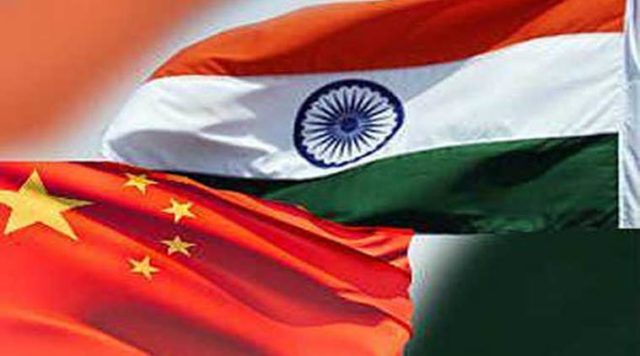It does not take a wise man to realise that if you want to know how the future will shape up, you need to take a look at how the past has been, provided you don’t ignore the present. Thus, the past and the present together is enough to provide an almost psychic-insight into the future, for which you don’t even need a fortune-teller.

Thus, let us first consider the present: Fresh debates have erupted ever since the rally organised on October 29 by the Swadeshi Jagran Manch, which categorically demanded a boycott of all Chinese products.
Now, let us look at the past (albeit not of India’s but that of China’s): Since the 1980s, the leaders in China have ruled with a single-minded objective: economic development. Given its huge population and the leader’s agenda, China became a surplus-producing machine. In other words, its supply far exceeded the demand of the local market. Given this, it became necessary for it to find other sales opportunities. This gave rise to its current trade policy of ‘dumping’, which in economics is a term that is used to denote a type of predatory pricing whereby “cheaper” products are dumped onto importing countries.
Of course, while India is not the sole importer of Chinese goods, we are their largest trading partner, with the bilateral trade value pegged at $71.5 billion. Of this 71.5 billion dollars, India only exports $10.2 billion worth of goods to China, while China exports a whopping $61.3 billion worth of goods to India. Thus, it does not take an economist to figure out that this bilateral trade between India and China is heavily skewed in favour of China.
Thus, India is much too valuable for China, which is why the dragon will never loosen its grip on the Indian economy. However, that will have a far-reaching ramification that the Indian leaders must wake up to before the dragon devours the economy completely.
With the flooding of cheap Chinese products in the market, the Indian small- and medium-scale industry is bound to suffer. With the medium- and small-scale industries in disarray and unable to generate jobs, the unemployment rates in India is bound to increase exponentially. Unfortunately, with manufacturing taking a backseat, there won’t be enough jobs to absorb the additional workforce that is bound to get added every year since we have the largest young population (under 25) in the world.
Thus, while I accept that from a consumer’s point of view, it may make sense to obtain cheap products, it is however a myopic short-term view that fails to see and address the long-term implications. If Indians continue to use cheap Chinese products, the looming unemployment problem is bound to claim them as victims too, which means that soon a time will come when they will not even be able to afford these “cheap” Chinese products. Hence, before disaster strikes, it is important that we all understand the threat that the hidden dragon poses before the crouching tigers. Because if we don’t, we would only go to prove that we indeed have learned nothing from another trading experience from our past— one that involved a certain East India Company!































